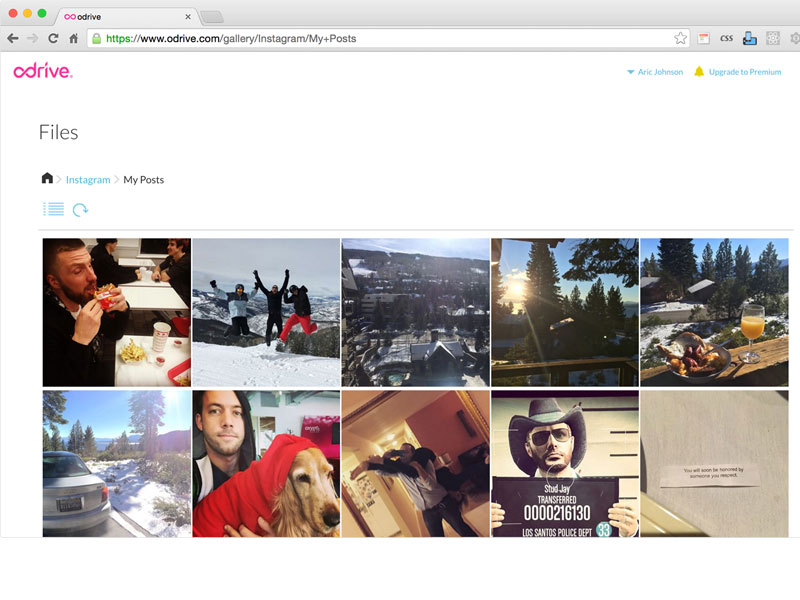It has a desktop notification system and you the uploads and downloads of files can be automated. It is very easy to install and once you have it on your computer, you just have to sign in with the Google account you’d like to synchronize.
It is also compatible with other cloud storage services, such as OneDrive or Dropbox and with Windows and macOS operating systems.
The only thing to keep in mind is that it does not allow downloading files to your computer, they can only be accessed online.
If you’d like to try this Drive desktop client, you can download it from their website.
Source: ComputerHoy.com







0 Comments